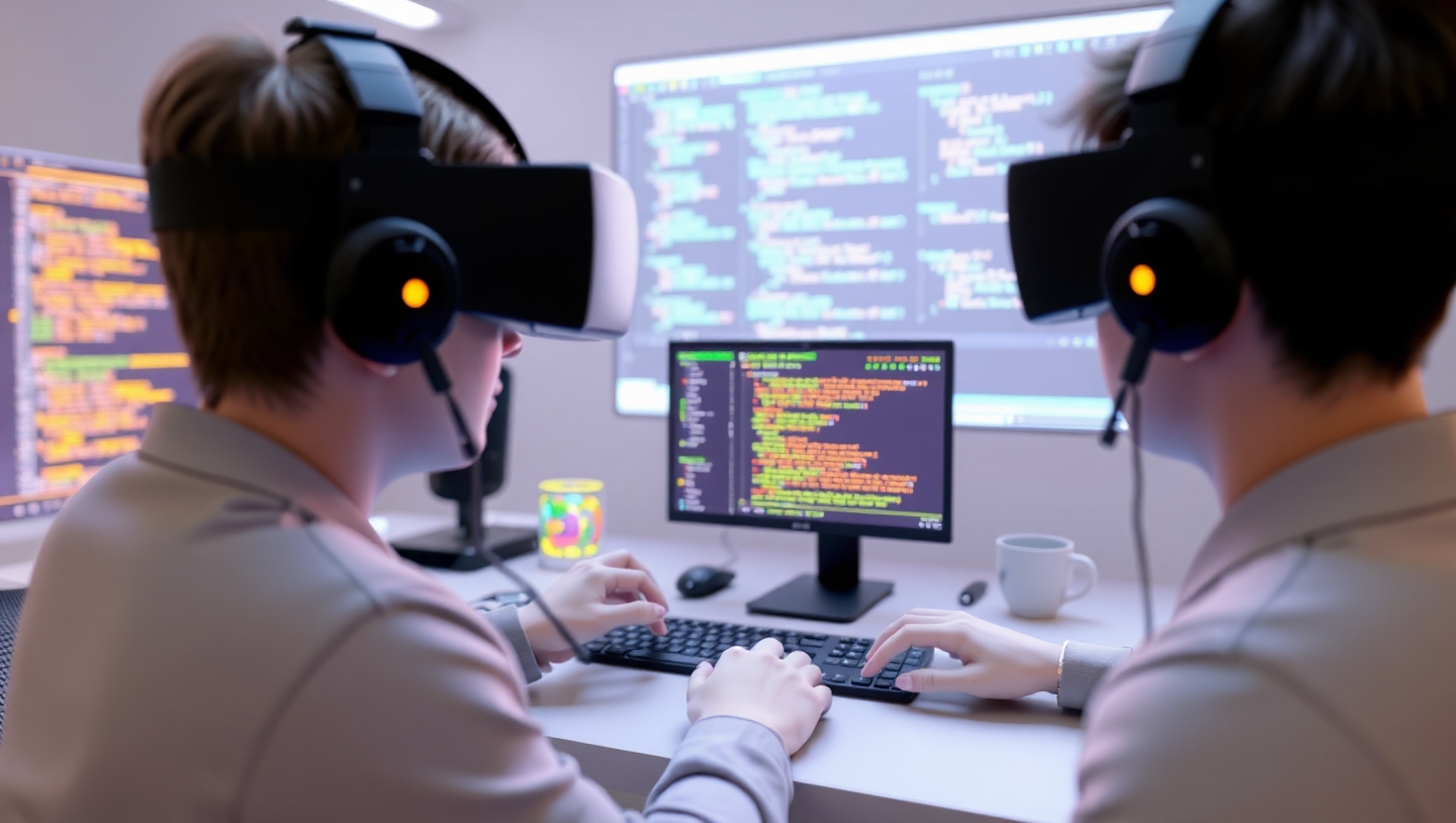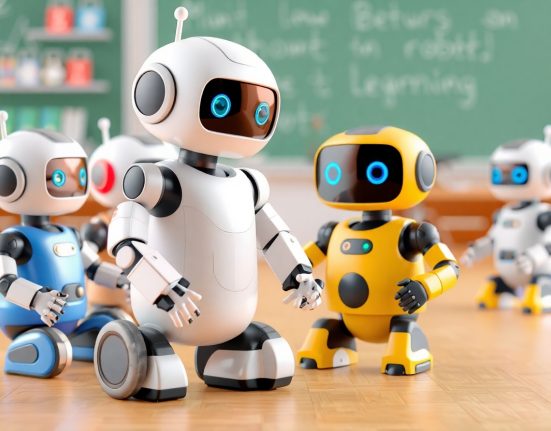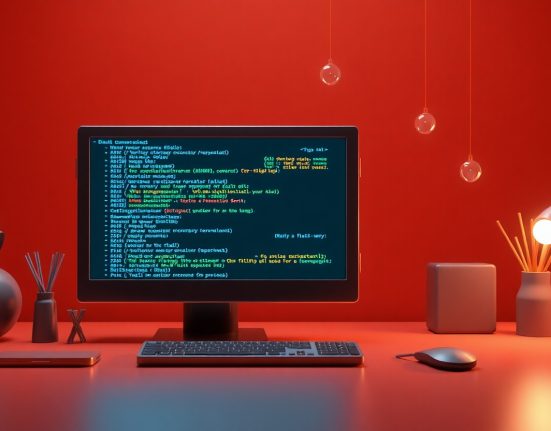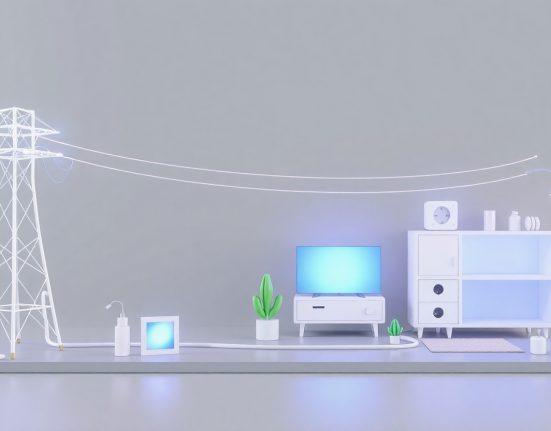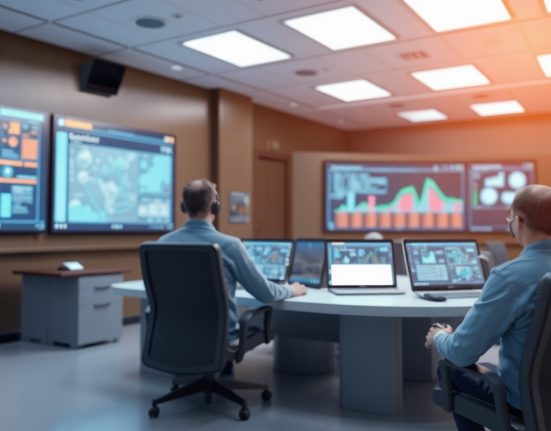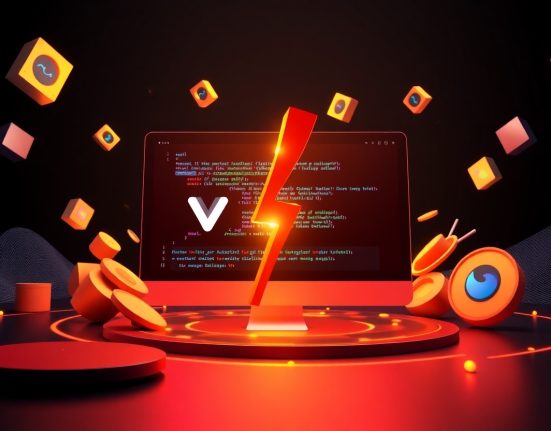As someone who’s been following the tech world for many years now, I can confidently say that few things excite me as much as the potential of virtual reality in education. In recent years, we’ve witnessed a growing wave of learning platforms that integrate VR and AR technologies to teach programming in ways we couldn’t have dreamed of not so long ago. The central question that occupies my mind, and I’m sure yours too, is whether we’re dealing with a real revolution that will permanently change how we learn and teach programming, or if this is just another technological “buzz” that will pass with time like so many other trends in the tech world.
When I look at the latest developments in this field, I find myself getting excited all over again each time. The idea that you can enter a three-dimensional world and build algorithms in virtual space, see how code “flows” in reality, handle bugs by physically “entering” the code – it sounds like science fiction, but it’s already here. Companies like Google, Microsoft, and Facebook (Meta) are investing billions of dollars in developing platforms that enable deeper, more interactive learning. But beyond the financial investments, what really excites me is the enormous pedagogical potential embedded in this technology.
The initial research published in this field shows very promising results. Students who learned programming concepts in VR environments managed to remember and understand complex concepts much faster than with traditional learning methods. This doesn’t particularly surprise me – when you can see what a variable looks like in three-dimensional space, how a loop executes in real time, and how data structures organize themselves before your eyes in space, understanding becomes much more intuitive. Instead of imagining what happens in code, you see it happening, you can touch it, move around it, and understand it at a visual level that simply wasn’t possible before.
What really fascinates me about this approach is how it solves one of the biggest problems in teaching programming – abstraction. Programming is a very abstract field, and for many beginners, it’s difficult to understand how theoretical ideas translate into concrete actions. When you learn about recursion in a textbook, it can be confusing. But when you see how a function calls itself in virtual reality, how the calls stack up on each other in a three-dimensional tower that you can rotate and examine from every angle – it changes everything. It turns the abstract into tangible, the theoretical into practical.
Another aspect that particularly excites me is the potential for collaboration. Imagine a virtual environment where multiple students can work together on the same programming project, each of them seeing the others’ contributions in real time in three-dimensional space. This could revolutionize how we understand teamwork in programming. Instead of sending code back and forth via email or looking at a screen together, you could meet in a shared virtual space and build complex algorithms together like building a structure from giant Lego blocks.
But like any new technology, there are also less positive aspects that are important to consider. The cost of quality VR equipment is still relatively high, which could create gaps between those who have access to technology and those who don’t. Additionally, not all types of programming are necessarily suitable for learning in virtual reality. Writing complex algorithms or debugging intricate code might still be more efficient in the traditional environment of a text editor and computer screen. There’s also the issue of people who suffer from motion sickness in VR environments, which could make learning unpleasant or even impossible for them.
Despite the challenges, I believe we’re facing a real paradigm shift. The younger generation of programmers, who grew up on video games and digital culture, naturally connects to interactive and three-dimensional environments. For them, learning programming in VR doesn’t seem like a gimmick or entertainment – it seems logical and intuitive. When I see how children and teenagers react to these technologies, I have no doubt that this is the way of the future.
The existing platforms today, such as CoSpaces Edu, Mozilla Hubs, and Engage, already offer advanced learning environments that allow not just consuming content but also creating it. Students can build their own virtual worlds, program them, and share them with others. This is a significant shift from the traditional passive approach of reading textbooks and watching videos, to an active approach of building, creating, and exploring.
From a future perspective, I see enormous potential in combining artificial intelligence with virtual reality for learning programming. Imagine an AI teacher that can adapt the virtual learning environment to each student’s unique pace and learning style, that can identify areas where the student encounters difficulties and offer personalized visual solutions. This could lead to a personalized learning experience at a level that was never possible in the history of education.
When I summarize the current situation, I come to the conclusion that this is much more than a passing trend. The technology has matured, research supports it, and demand exists. It’s true that there’s still a long way to go before virtual reality becomes the standard learning method for programming, but the direction is clear. In five years, I believe we’ll see much more widespread integration of these technologies in educational systems, and in ten years, our children might struggle to understand how people once learned programming with just a keyboard and screen. The revolution has already begun, and it’s more exciting than anything I’ve seen in the field of education in the last decade. The question isn’t if it will happen, but when and how fast. And I, as someone who loves this field with all my heart, can’t wait to see where this will take us.








